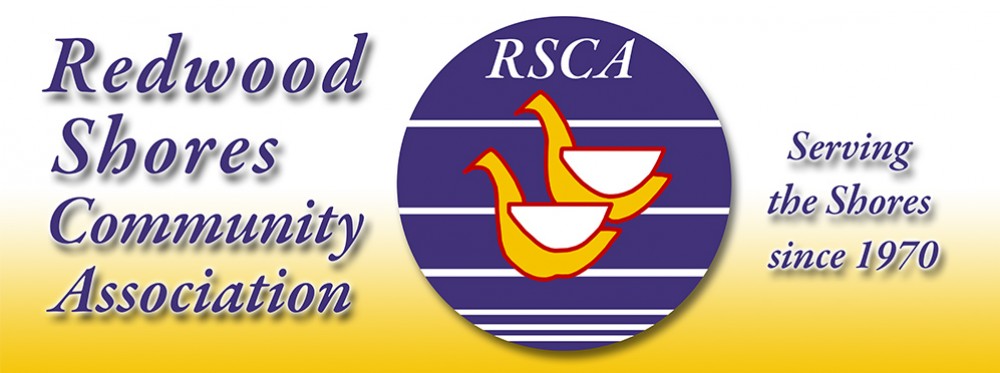There is a huge and diverse wine region in France’s southwest Mediterranean area known as the Languedoc-Roussillon. It’s a boomerang-shaped dŽpartment that arcs north from the Spanish border and includes the famous towns of Perpignan, Carcassonne and Narbonne. From there it goes eastward, hugging the coastline, to Provence. It is the single largest wine producing region in the world, and its output accounts for more than one third of France’s production. While some whites are produced there, the bulk of the output is either red or rose. The grapes from which they are typically made are the heat-loving Grenache, Syrah, and Mourvdre. While they produce some soulful wines in that region, they are classified a s Vin de Pays, (country wine) which is only third in the four-tier rung of French appellation quality.
The area is the hottest in France, so one would not expect much Pinot Noir to be produced there. However, Gallo was able to locate several producers and import huge quantities of a budget priced Pinot Noir labeled as Red Bicyclette. The wine was imported to the States in 2005 shortly after the success of the movie Sideways. That movie, for reasons still unknown, created an immediate surge in the worldwide consumption of Pinot Noir. The Red Bicyclette rode that wave of popularity until recently, when it pedaled itself into legal issues. In February, Gallo suppliers were found guilty in a French court of knowingly selling Gallo millions of bottles of wine labeled as Pinot Noir that allegedly contained no Pinot Noir or inordinate amounts of Merlot and Syrah. Additionally, claiming fraud and false advertising, a class action suit has since been filed in Los Angeles against Gallo and its Red Bicyclette suppliers.
From a legal perspective one might ask, Did Gallo know what they were buying, and re-selling, and if not, why not? From the consumer’s perspective, can quality Pinot Noir really be grown in such a hot climate area, and can a Pinot Noir of any quality be produced anywhere for $8.00? (It was produced in Vin de Pays d’Oc, not Burgundy, which is the home of the finest Pinot Noir). Finally, this episode highlights one of the caveats of labeling wines by the primary grape from which they are made. When the label reads “Pinot Noir,” it assumes that the buyer (Gallo or you) knows or should know what a Pinot smells and tastes like. But if one hasn’t the slightest notion what a Pinot Noir smells and tastes like, then it doesn’t really matter what’s in the bottle. Anything red will suffice. What does that say about American wine buyers and the firms that sell to them?
— Tom Barras
